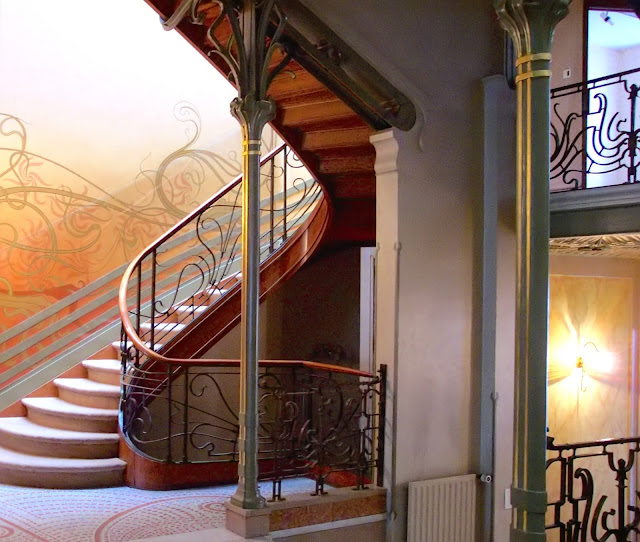 |
| Hearth and Heritage: The Kusakabe Kitchen |
The Kusakabe family, prosperous merchants under the Tokugawa shogunate, built their current residence in 1879. Constructed by renowned Hida artisan Jisuke Kawashiri, the house exemplifies traditional machiya architecture with its cypress wood, gable walls, and intricate details. Recognized as a significant cultural property, it now serves as a folk museum, preserving Takayama's history and inviting visitors to experience its charm.
Kusakabe Traditional House (日下部民芸館): Edo Period Living (YouTube link)
Takayama's Transformation: From Village to Castle Town
Hida Takayama, surrounded by Mt. Norikura, Mt. Ontake, Mt. Hakusan, and Mt. Tateyama, was once a small village called Yasukawa-mura. In the early Edo period, Nagachika Kanamori, a retainer of the Oda, Toyotomi, and Tokugawa clans, became the first ruler of Takayama after the Battle of Sekigahara. He modeled the city after Kyoto, creating a grid plan, gathering temples, and constructing samurai mansions and a craftsman district.
In 1692, the Kanamori clan was transferred, and Hida came under Tokugawa (江戸幕府, Edo bakufu) control, leading to Takayama’s growth as a city for merchants and craftsmen, fostering a unique local culture.
 |
| Kusakabe Traditional House (日下部民芸館): Edo Period Living |


























































